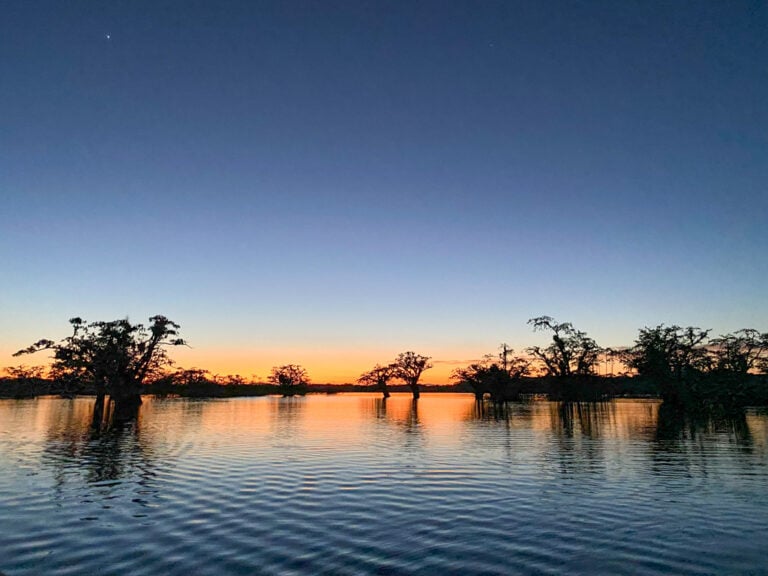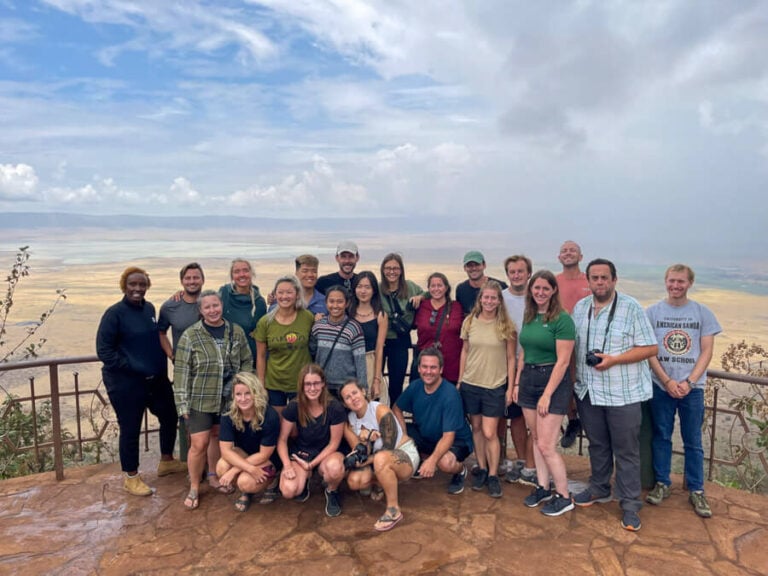Ethical Wildlife Tourism: How to be a Responsible Tourist
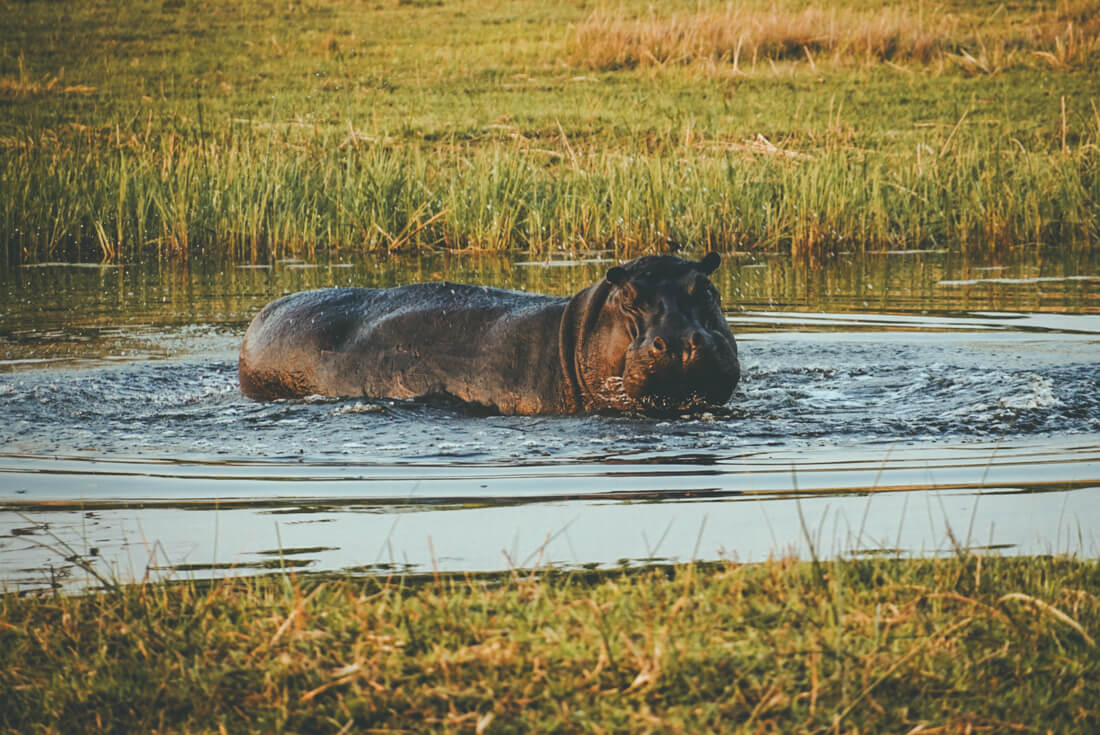
Wildlife tourism is bigger than ever before. From swimming with whales in Norway and whale sharks in the Philippines, to hiking to see gorillas in Uganda and bathing elephants in Thailand, it seems almost every country has unique encounters to offer.
However, navigating ethical wildlife tourism can be tricky, and the more I’ve travelled, the more I’ve realised how blurry the line can be.
Ethical greenwashing is something companies have gotten very good at—a lodge might claim to be a sanctuary or promote ethical encounters, while still allowing activities to cause harm, like elephant rides or feeding wild animals.
Many of these companies use words like “rescue,” “conservation,” or “education”, but the sad reality is that this could not be further from the truth. This is why it’s crucial to look beyond the marketing, and research what’s really going on behind the scenes.
In this guide, I’ve attempted to share my knowledge and experiences about ethical wildlife tourism. I’m in no way an expert, but it’s something I’ve become very passionate about.
Below, I’ve attempted to explain the difference between positive wildlife tourism and wildlife exploitation, the signs to look out for, and how to ensure the activity is ethical. This is based on my own experiences, talking to experts and doing lots of research on the subject.
I’m not claiming to be perfect. Wildlife tourism can be a challenging area to navigate, and I’m sure some people will disagree with certain views I’ve shared or even with activities I’ve taken part in. Even so, I believe that putting your money toward better, more ethical options is far better than doing nothing at all. Turning a blind eye isn’t going to help anyone, especially not the animals.
Why is responsible wildlife tourism important?
Wildlife tourism refers to having any interaction or encounter with wild animals, or animals that were once wild but are now kept in captivity, or are descendants of a once wild animal.
Here are some examples of wildlife tourism, both ethical and non-ethical:
- Going on a safari
- Going snorkelling with turtles
- Whale watching tours
- Camel riding
- Swimming with dolphins
- Bathing elephants
- Having a photo with a baby animal
Ethical wildlife tourism prioritises the welfare of the animal and their habitat, works to minimise human impact, avoids exploitation, and reinvests money into conservation and protection, such as National Parks and habitat restoration.
On the other hand, non-ethical wildlife tourism prioritises profit and providing customers with the best experience over the welfare of the animals. This can cause animals to be stressed, injured and disrupt their natural behaviours.
Why does it matter? Ethical wildlife tourism is important because it protects animals, supports conservation efforts, and can also benefit local communities. While feeding an elephant may seem harmless, it’s fuelling an industry filled with cruelty.
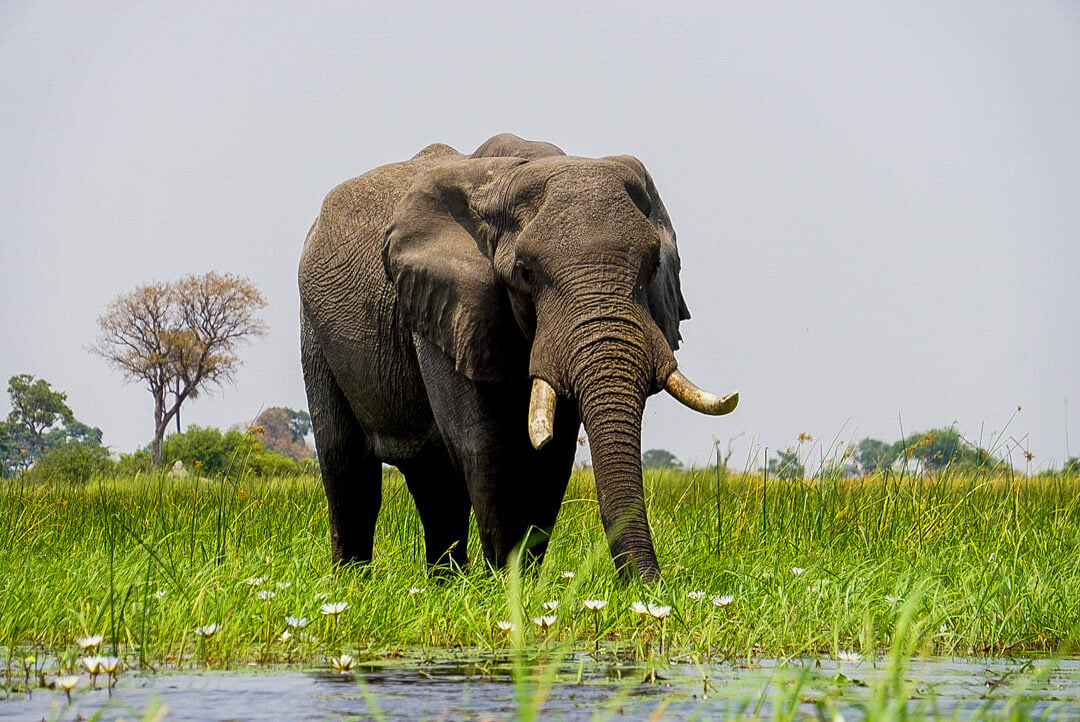
Now more than ever, wildlife needs to be protected. However, more often than not, it seems people are more concerned about getting a video for TikTok than they are about respecting wild animals.
This is why ethical wildlife tourism matters: it allows us to enjoy and connect with nature in a way that respects it. As travellers, we can make better choices, and those choices can help protect wildlife rather than endanger it.
I’ve had countless ethical wildlife experiences around the world, and knowing your money is going to the right places makes it all the more special.
Here are a few common wildlife activities around the world, and examples of when they can be ethical and non-ethical.
| Activity | Ethical | Non-ethical |
| Going on safari | The vehicle keeps its distance and does not disturb the animal, and money is reinvested into protecting the species | Vehicles chase and crowd the animals, disrupting their natural behaviours and causing stress |
| Whale watching | Boats keep their distance from the whales, minimise engine noise, and only observe for a short period of time | Boats chase the whales, and several boats surround them or block their path |
| Swimming with whale sharks | Animals aren’t fed, only one boat is with the animal, and only a few people are in the water | Several boats crowd the animals, no limit on the number of people in the water, animals are fed (this is what happens in Bali and the Philippines) |
| Dolphin shows | No ethical scenario | All dolphin shows are unethical |
| Swimming with dolphins | An entirely natural experience, dolphins are comfortable with you in the water, they aren’t fed, only a few people in the water, not surrounded by boats (like in Kaikoura) | The animals are in captivity. If wild, there is no limit on how many people can be in the water, dolphins swim away, boats chase the dolphins |
| Seeing elephants in Thailand | No-touching policy, only observing from a distance | You are allowed to touch, feed, bathe or ride the elephants |
| Releasing sea turtles | The babies make their own way to the ocean immediately after hatching | Babies are kept in tanks before release, people are allowed to carry the baby to the ocean |
| Having selfies or photos with baby animals like monkeys or leopards | Not ethical | Not ethical |
| Seeing ‘wild’ monkeys | Monkeys are free to leave at any time and are not approached by humans | Monkeys are fed or kept in small areas |
The pros of wildlife tourism
It’s easy to focus on the negatives of wildlife tourism, but there are some positives as well. Wildlife tourism helps educate people, can help protect a species, and raises awareness of important issues.
Can protect local species and support conservation efforts | Money from wildlife tourism can be put towards protecting endangered species and their homes. A great example of this is gorilla trekking in Uganda and Rwanda, where tourism revenue funds ranger patrols, veterinary care, and habitat preservation.
Allows you to get closer to nature | Humans are arguably more disconnected from nature than ever before. Being close to nature and animals encourages people to connect with wildlife and develop a greater appreciation. My experience of seeing animals in the wild is what has made me so passionate about protecting them.
It’s a great educational tool | Wildlife tourism can teach tourists about animal behaviour, ecosystems, and conservation challenges, as well as why it’s so important to protect animals and their habitats.
Brings money to locals and can discourage poaching/hunting | When local communities can get economic benefits from protecting wildlife, they have more incentive to protect those animals rather than hunt or poach them. This can also be true on a larger scale – for example, the whale watching industry has helped reduce whaling around the world.
Can raise awareness of important issues | Wildlife tourism can bring attention to conservation challenges and drive support for protective laws, fundraising, and environmental campaigns. For example, diving and “shark tourism” have helped to raise awareness of over-fishing and coral bleaching.

The negatives of wildlife tourism
Causes a disturbance to the animals | When not correctly managed, wildlife tourism can cause harmful disruption to animals and ecosystems. This can cause stress for the animals, as well as disrupting their natural behaviours, such as feeding, hunting and migration.
Potential to destroy local habitats | Over-tourism can cause significant damage to ecosystems. This is especially true for marine-based activities, where tourists regularly disturb fragile coral reefs and marine animals.
It can disrupt their natural instincts | Human interactions can cause animals to lose their fear of people or predators, altering their behaviour in potentially dangerous ways (for both the animal and humans). For example, animals that are fed for tourism may become dependent on humans for food. This can also cause aggression, especially wth animals like monkeys.
Can encourage animal exploitation | When there’s demand for animal encounters, it creates an incentive to capture and breed animals for profit. This includes keeping wild animals in poor conditions and forcing them to perform. Sadly, many companies prioritise profits over animal protection.
Money doesn’t always stay local | While tourism can support local economies, many tour operators are owned by foreign companies, meaning a large portion of profits never reach the communities living near the wildlife. While this is part of a broader issue with unsustainable tourism, it can have a significant impact on wildlife populations, with those closest to the animals seeing no benefits of protecting them.
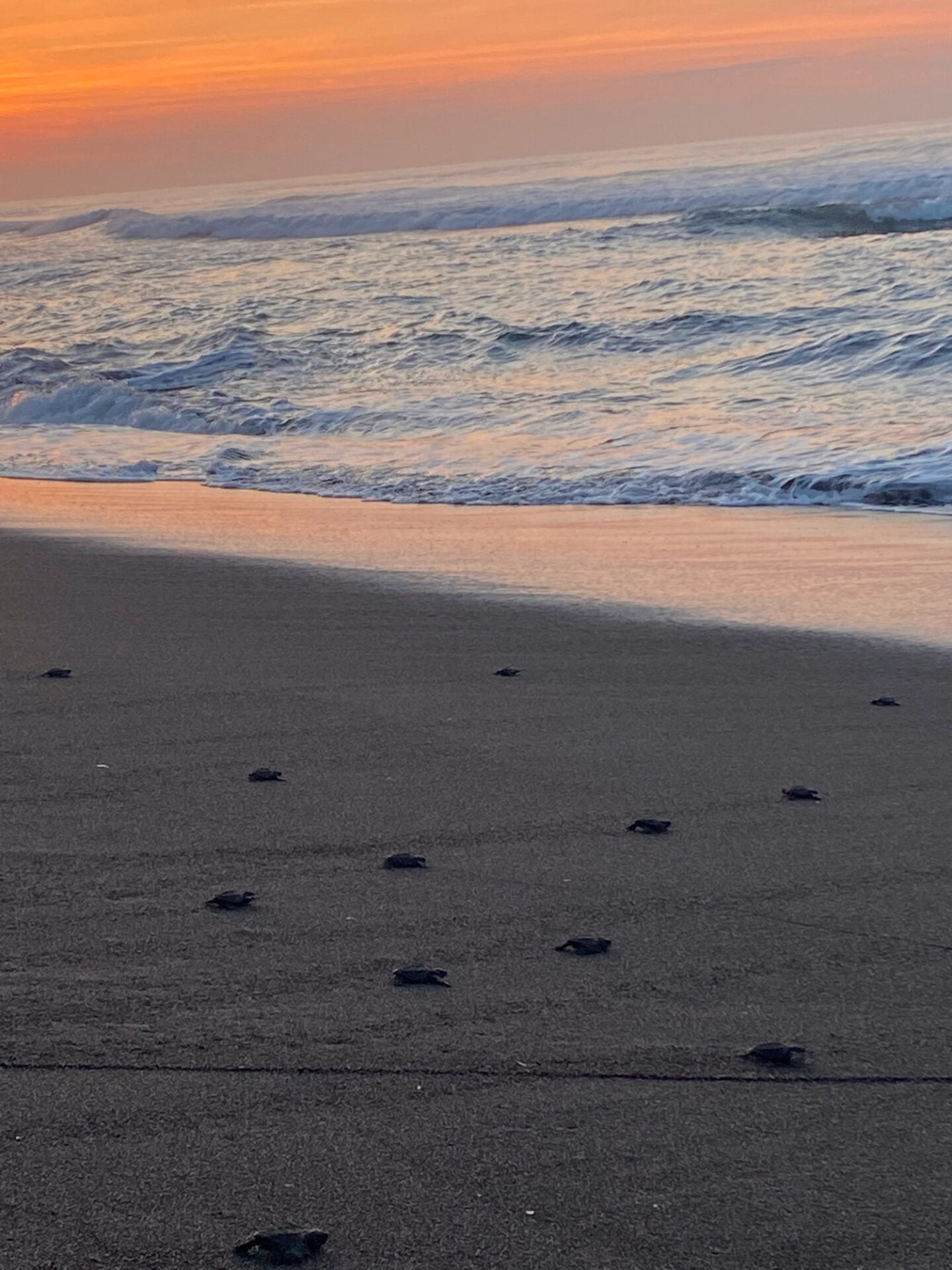
What are the signs that an activity involving wildlife isn’t ethical?
Navigating ethical wildlife tourism can be very difficult. Companies and tour operators are getting better and better at hiding what’s really going on, and will do all they can to spin the truth.
After years of travelling, I’ve learned this the hard way. I’m now very cautious about doing any activity involving wildlife. I’ve been caught out more times than I’d like to admit, and each time it leaves me feeling frustrated.
Often, through no fault of our own, we genuinely believe we’re making the right choice. So, based on what I’ve seen and learned, here are some common signs that a wildlife activity might not be ethical.

Allows you to touch, bathe or ride an animal
For the most part, no activity that involves touching, feeding, bathing or riding an animal is ethical. This includes bathing with elephants, swimming with dolphins (even in the USA), taking photos with baby animals like leopards and monkeys, and feeding crocodiles.
These are just a few examples, but the sad reality is that many of these types of activities occur all over the world, and most of the time, tourists are unaware of the pain it causes the animal (or, in some cases, don’t care).
Often, companies will tell customers that the animals “enjoy it”, that “it’s the highlight of their day”, but this is sadly far from the truth.
Many animals used in these activities have been taken from the wild, separated from their mothers at a young age, or bred in captivity solely for profit.
To make them “safe” for tourists, they’re often put through harsh training methods, including starvation. They’re sometimes even sedated to prevent them from attacking tourists.
These encounters may appear innocent on social media, but they’re causing significant harm and stress to the animal.
If an animal encounter lets you touch, feed, bathe, ride, swim with or even have a photo with any form of wildlife, it’s likely not ethical. This is also true for many wild encounters, such as swimming with the dolphins in Bali and the whale sharks in the Philippines.

Guaranteed sightings
Guaranteed sightings can also sometimes be a red flag when it comes to wildlife viewings.
There will, of course, be situations where you’d have to be incredibly unlucky not to see something, but for the most part, wildlife sightings can never be guaranteed.
The phrase “guaranteed sighting” implies that the tour operator is doing something to ensure their customers see the animal. That could involve feeding the animal, chasing it, or even claiming an animal is wild when it’s not.
Here are a few examples of what I have witnessed around the world.
- In the Philippines, we were taken to a wildlife park and rescue centre where they “cared for wild Tarsier monkeys” to ensure their survival. They insisted the animals were wild, but they were tied to trees so they couldn’t move.
- Recently in Bali, footage surfaced of a tour operator trapping a Whale Shark in a net, purely so tourists could get closer and take a photo.
- In the Maldives, there were guaranteed sightings of Tiger Sharks. Turns out they fed the sharks to attract them and keep them close by.
These are all examples of wildlife activities that may seem positive, but they are anything but ethical and can cause serious harm to both animals and humans (food = aggression).
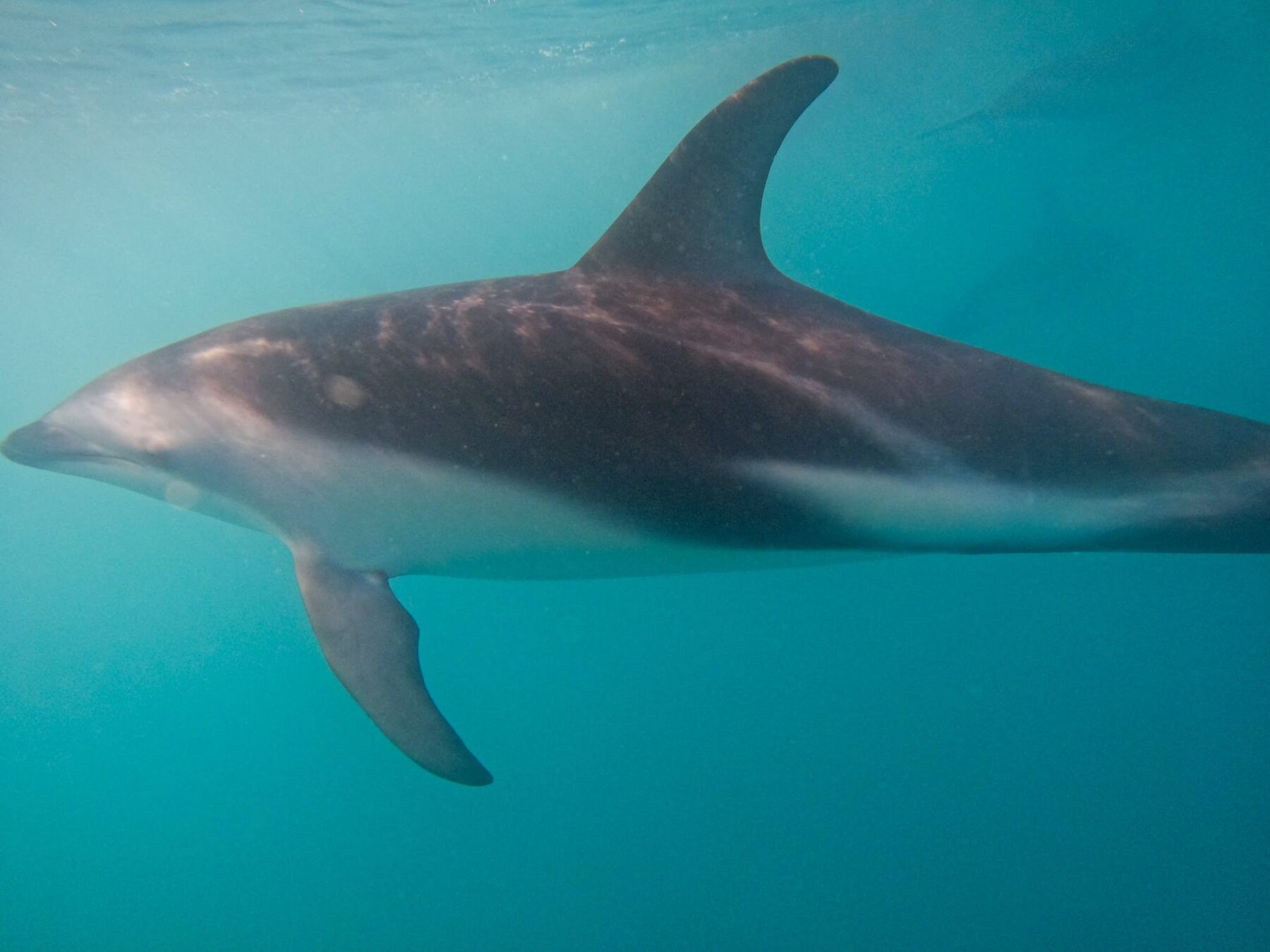
Feeding the animals
Feeding a wild animal is another red flag to look out for when it comes to wildlife tourism.
While feeding an animal may seem harmless, especially when they’re given food they’d eat in the wild anyway, it can cause a lot of damage.
Firstly, feeding animals puts them at risk of harm. It encourages animals to approach humans, which generally never ends well. Let’s look at monkeys. There are several places, such as Bali, where feeding monkeys has become a common practice. But, they are now becoming more and more aggressive towards humans, and the ones that cause serious harm are sometimes euthanised. It also puts the animal at risk of injury and disease.
When I was in Peru, I saw a tour guide feed monkeys at the side of the road. Not only were there dogs around who could attack them, but the monkeys were getting very close to traffic.
Feeding wild animals also makes them more reliant on humans, and they can lose vital survival skills.
One of the most popular things to do in the Philippines is to swim with the whale sharks in Oslob. However, this is one of the worst cases of unethical wildlife tourism I’ve come across. The animals are fed and crowded by tourists daily. They’re also put at risk of losing their survival skills, and there are regular incidents of them being hit by boats.
Of course, there are situations where feeding animals is essential for the survival of the species, but these are usually part of a carefully managed programme by experts. Likewise, having a few bird seeds in your garden to help struggling wild bird populations isn’t an issue.
However, feeding animals, such as whale sharks, dolphins, and monkeys, solely for the benefit of tourists getting a good photo, is neither sustainable nor ethical in any way.

Healthy animals kept in “rescue centres”
This is sometimes harder to recognise, but it’s not uncommon to see fake “rescue centres” keeping animals unnecessarily for the sake of tourism.
A significant contributor to this is turtle rescue centres, especially in countries like Sri Lanka. Centres claim to help turtles by keeping the hatchlings in a tank until they are “old enough” to survive on their own in the wild.
Sometimes, the babies are kept for a few weeks before being released. While it sounds logical that a baby turtle is more likely to survive in the wild when it’s bigger, this couldn’t be further from the truth. Those first few hours of a turtle’s life are so important, and making their own way to the ocean quickly after hatching is essential.
That’s not to say humans can’t help protect turtles by putting eggs in a safe place to protect them from poachers. But keeping them in cages once they’ve hatched is potentially a death sentence.
Many rescue centres also keep adult turtles in tanks, claiming that they wouldn’t survive in the wild. Most of the time, this is entirely untrue, and they are there purely to attract tourists.
👉 Check out this ethical turtle release programme in Guatemala
Likewise, there are rescue centres and aquariums all over the world that keep animals unnecessarily, or intentionally humanise them, making a release impossible.
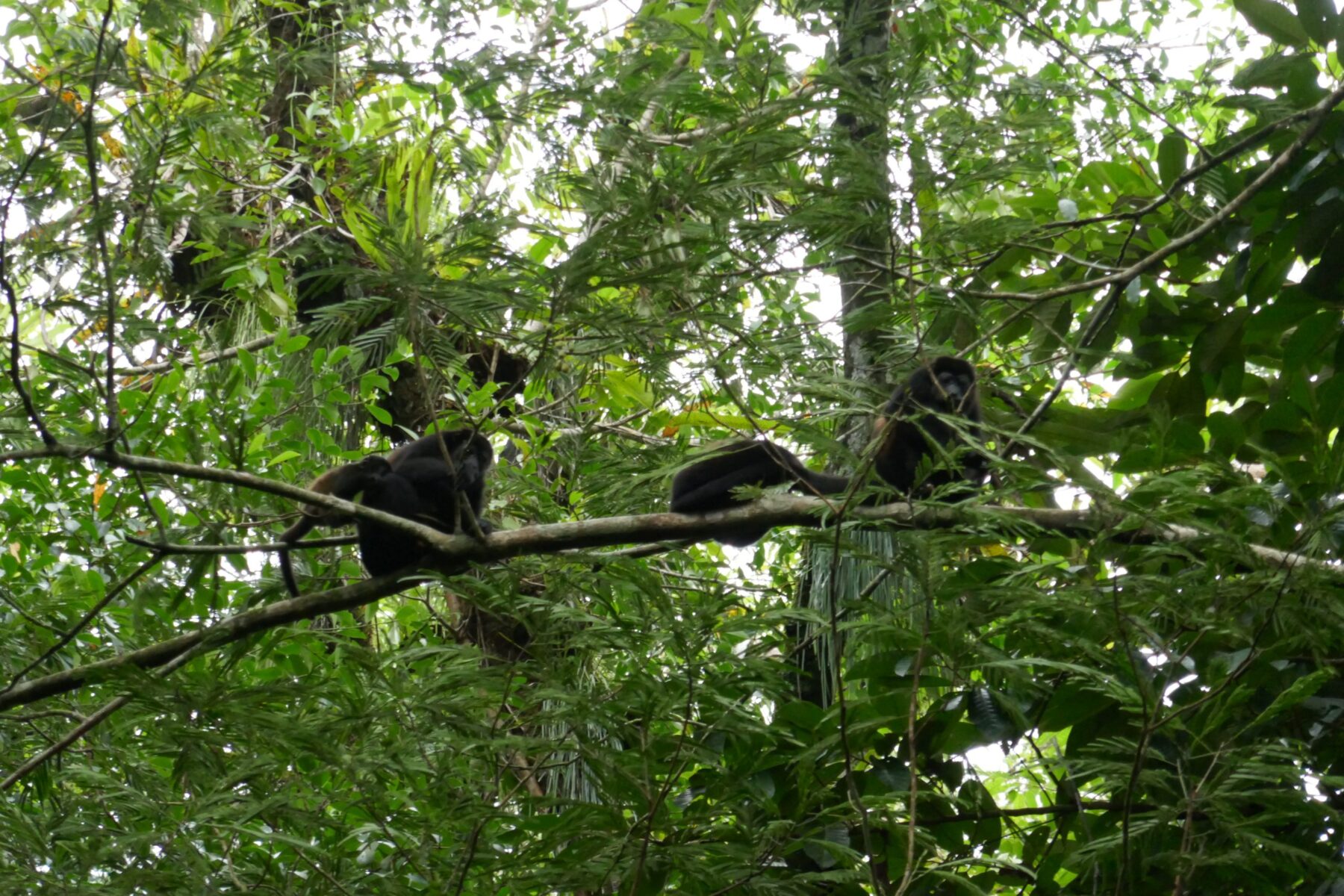
The animals are forced to perform
If an animal is forced to perform in any way whatsoever, it is not ethical.
“But they enjoy it!”, “They have nothing else to do”, “They look so happy”. These are all things I’ve heard people say when they try to justify seeing an animal perform tricks.
Animals are often tortured and starved when training to do tricks. Yes, they sometimes do look happy doing the tricks. That’s likely because they know food is finally coming, or because it’s the only form of enrichment they have on a day-to-day basis.
Let’s take a look at orca shows. Around 55 orcas remain in captivity worldwide, most of which were taken from the wild. These incredibly intelligent animals are forced to perform unnatural tricks every day in exchange for food, all while confined to tanks so small that even a human would find them unbearably cramped long-term.
No, they probably wouldn’t survive if we suddenly released them into the wild. But that’s not to say they don’t deserve any dignity, or that we can’t give them a better life elsewhere.
By attending these types of performances, tourists are fuelling an industry of cruelty. I used to dream of being a dolphin trainer, so I understand the appeal of getting close to these animals, but it only hurts them even more.
If tourists stopped attending these shows and marine parks, the cruelty would likely end, and owners would be forced to find a more humane solution.
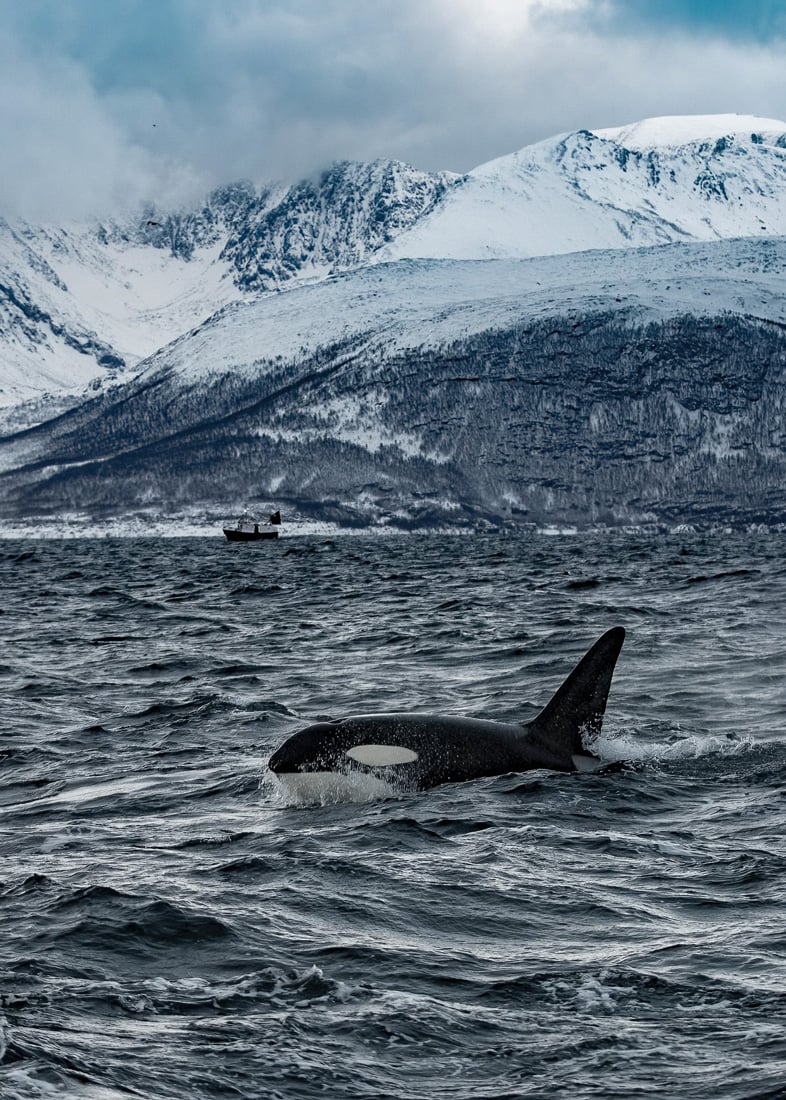
Lack of regulations
Another red flag to look out for is a lack of regulations in place to protect the animals. Without proper rules, wildlife tourism can quickly do more harm than good.
For example, the lack of strict regulations around whale watching tours in Norway (and some other countries) often leads to boats crowding around whales, disturbing their natural behaviour and causing stress. When you compare Norway’s rules to those in Canada or New Zealand, you can see the difference.
Similarly, popular snorkelling sites where tourists swim with sea turtles can become overcrowded, increasing the risk of injury to the turtles and damage to fragile coral reefs.
That’s not to say you should avoid these types of activities altogether—it’s about researching the activity and choosing tour operators who acknowledge the problem and actively strive to be better. These responsible operators do exist; it just sometimes takes a bit of effort to find them.
On the other hand, places like the Galápagos Islands have some of the strictest wildlife tourism regulations in the world that are designed to minimise human impact.
However, even there, tourism is growing rapidly, putting increasing pressure on the environment. The same can be said for Antarctica. While many vessels follow strict IAATO guidelines, some large cruise ships disregard these rules, causing significant environmental impacts.
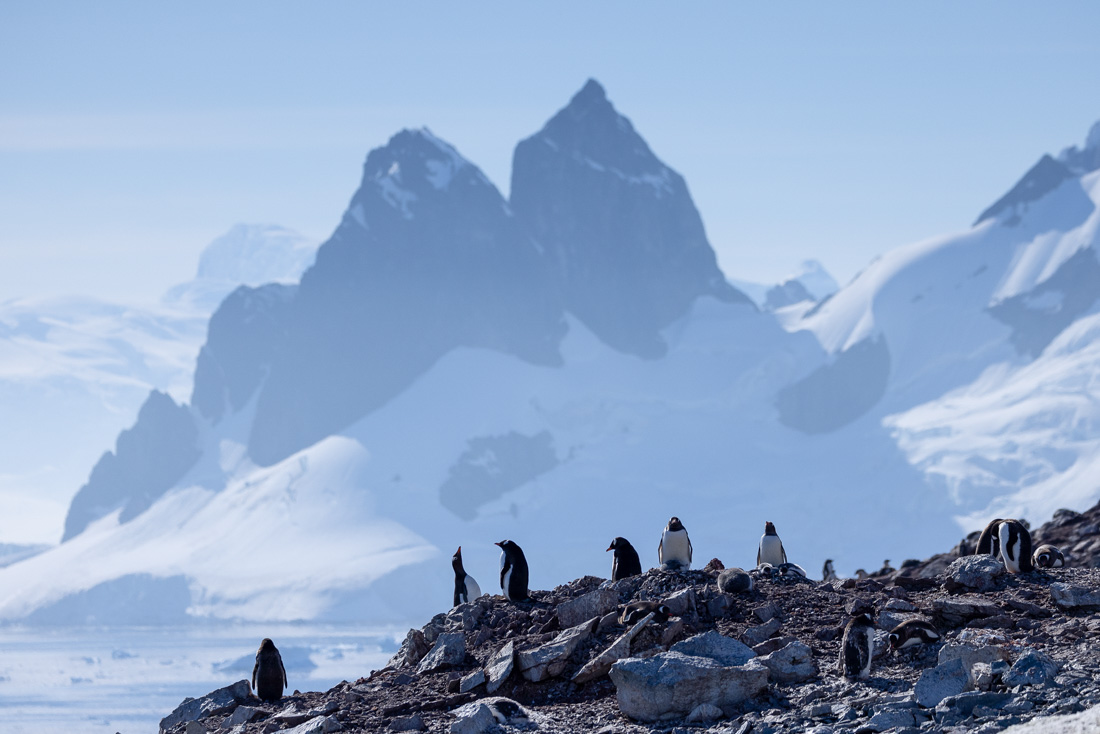
Tips for ethical wildlife tourism
Here are a few ways you can check if an activity is ethical or sustainable before the trip.
- Do some research into the activity
- Contact the tour operator
- Question the activity
- Check reviews on Google
- Speak to locals or other tourists
- Pay more money for a more ethical operator
- Avoid anything where animals are forced to perform
- Speak up when it doesn’t feel right
The easiest way to find out if an activity involving wildlife is ethical is to search for the activity online. I usually search “Is *insert activity* ethical?” This will give you a good overview of the activity itself and any ethical issues surrounding it.
Then, you can start to research specific operators and look for ones that have welfare guidelines on their website. If they have pictures of tourists interacting closely with animals, this is usually a big red flag.
Reviews are also a great way to determine how a company operates. If there are people who say that their guide chased or touched an animal, it’s probably best to avoid it.

Examples of ethical wildlife tourism
I’m sure there are people out there who will argue that there is no such thing as ethical wildlife tourism, and to be fair, they probably have a point.
However, there are many examples of locals going above and beyond to protect an animal, and using tourism to protect a species while still respecting it. Here are a few that I have personally experienced.
- Swimming with wild dolphins in New Zealand (no chasing of the animals, swimming not guaranteed, read my experience here)
- Hiking to see the gorillas in Uganda (locals now protect the gorillas to provide ethical encounters for tourists. They were previously on the brink of extinction).
- Responsible whale watching in Canada (strict regulations about how close you can get and which animals you can observe. For example, you can’t observe the endangered Southern Resident population)
- Sea turtle release programme in Guatemala
- Observing elephants in Thailand (The Elephant Nature Park in Chiang Mai is widely regarded as the most ethical elephant sanctuary in Thailand).
There is also an amazing project in Indonesia called Project Hiu that aims to repurpose fishing boats for tourism. The locals stay employed, and sharks are protected.

Summary: Can wildlife tourism ever be sustainable?
In an ideal world, wild animals would be mostly undisturbed by humans. Boats wouldn’t go searching for whales, elephants wouldn’t have an audience when they’re trying to eat, and turtles would be able to swim freely without being surrounded by humans.
However, the world isn’t that simple, and it’s important to acknowledge the positives of wildlife tourism.
As I’ve mentioned in this post, tourism has played a crucial role in saving mountain gorillas in Uganda and Rwanda.
Whale watching has helped reduce commercial whaling in many parts of the world.
A project in Indonesia is employing locals as marine tour guides, rather than having them rely on selling shark fins for income.
Tourism to Antarctica, when done responsibly, has helped fund and support vital research, as well as advocate for improved wildlife protection laws.
And safaris across Africa have contributed significantly to protecting endangered species and funding conservation efforts.
However, the negative impacts can’t be ignored. Elephants are still abused for tourism purposes across Asia, irresponsible swimming tours endanger marine animals, and many ecosystems suffer from over-tourism and habitat destruction.
So, what’s the solution? I’m not an expert, and I don’t claim to have all the answers—this is simply something I’m passionate about. But surely the obvious answer is about finding the right balance.
Wildlife tourism is important, but it’s time for tourists to start questioning anything that involves wildlife (or animals in general). Companies respond to customer demand, and if the demand is for change, that’s what will happen. Captive dolphin swimming is on the decline in Mexico, orca captivity has been banned in France, and Canada has just introduced even more regulations around whale watching.
By making ethical choices, each of us can help shift the industry toward genuine conservation, rather than exploitation. Ultimately, ethical wildlife tourism means respecting animals on their terms, not ours.
This way, we can enjoy wildlife encounters that benefit both animals and us. And the one thing I can promise you is that a completely natural encounter is so, so much better than a forced interaction.
I’m not perfect, and I’m sure some would argue that some of the things I’ve done and supported aren’t entirely ethical.
Whatever your views, I believe that if we’re going to travel, we should take some responsibility to ensure that our money doesn’t fund animal exploitation or cruelty. We’re not going to change the world through perfection, but we can make small changes to help make a difference.
At the end of the day, wildlife tourism can be a powerful tool to protect animals, but only if we, as tourists, take responsibility for our actions.



